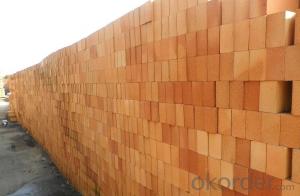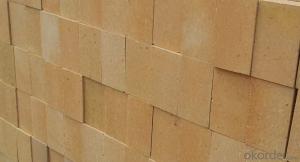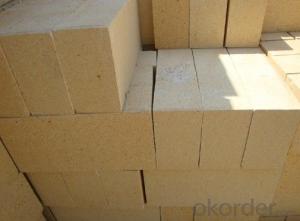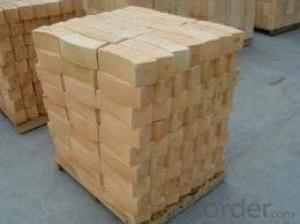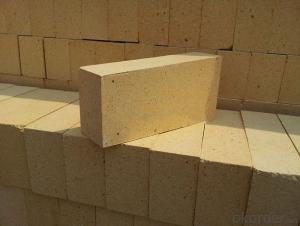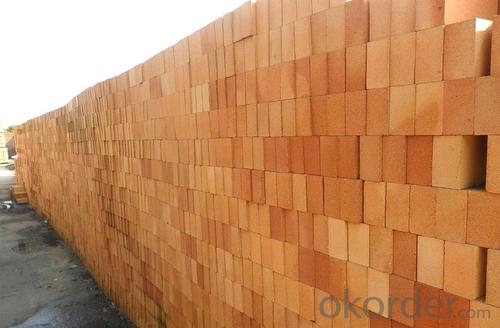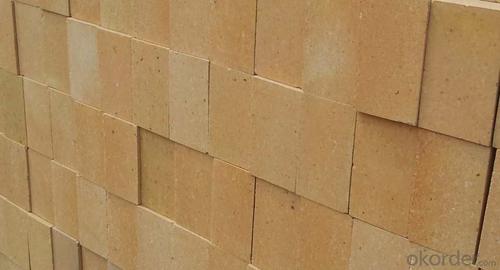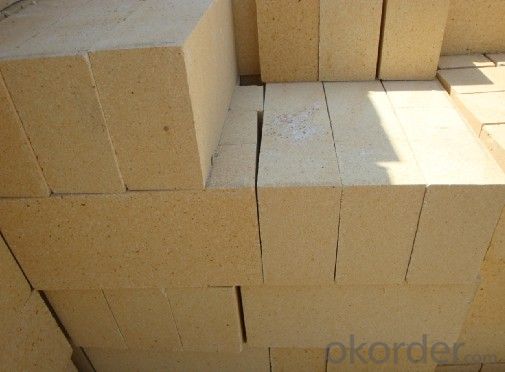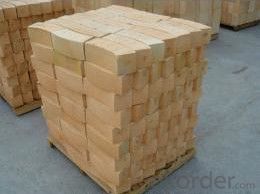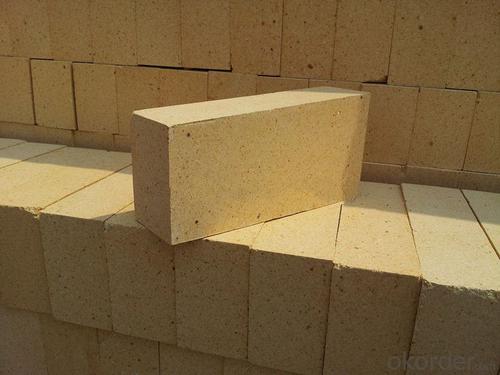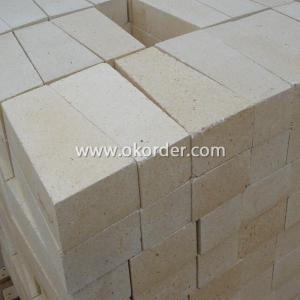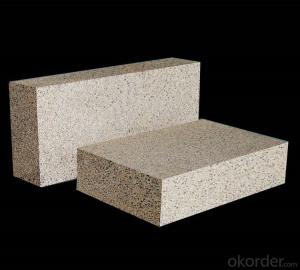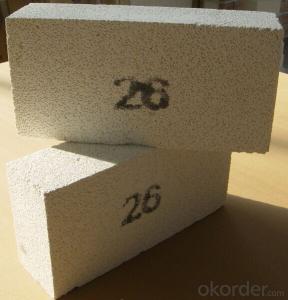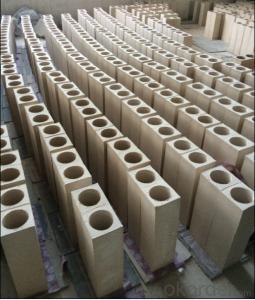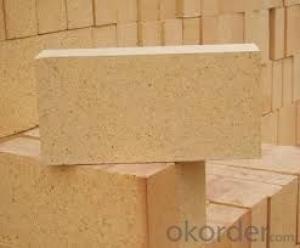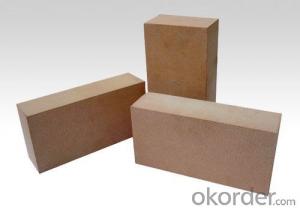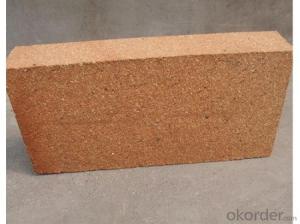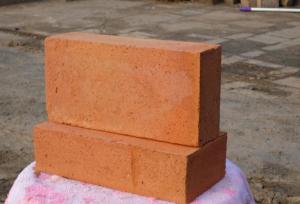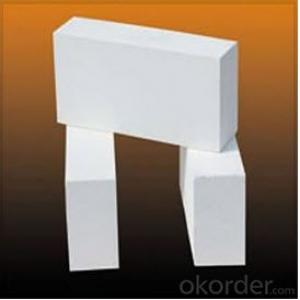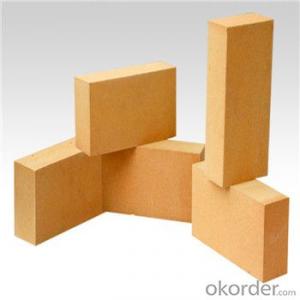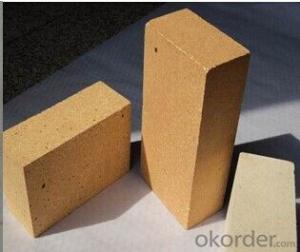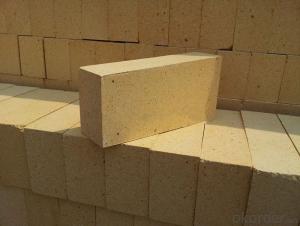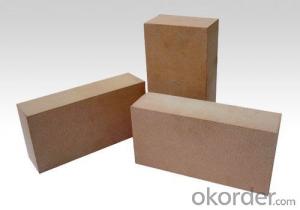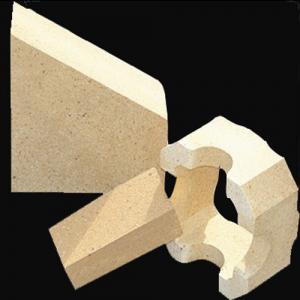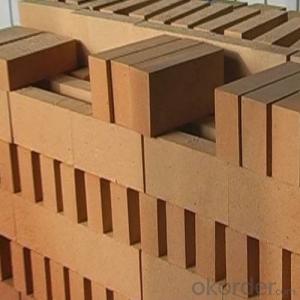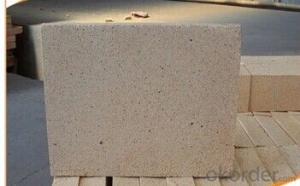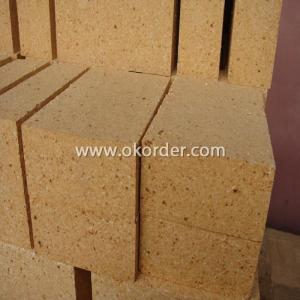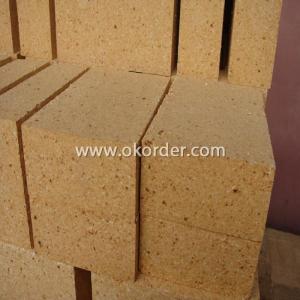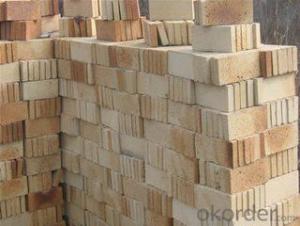Fireclay Brick - Strong Resistance Low Porosity Fire-Resistant
- Loading Port:
- China main port
- Payment Terms:
- TT OR LC
- Min Order Qty:
- 1 m.t.
- Supply Capability:
- 1000 m.t./month
OKorder Service Pledge
OKorder Financial Service
You Might Also Like
Description:
Refractory brick is a block of refractory ceramic material used in lining furnaces, kilns, fireboxes, and fireplaces.
We provide high quality Refractory Fire Bricks that are used on wide range in the various industries like Cement, Glass and Steel. Refractory Fire Bricks are provided as per the quantity and specifications required by the customers. We provide an extensive range of Refractory Fire Bricks at reasonable prices that depend upon the quantity ordered.
Fire Clay Brick Features:
1. Good thermal stability, low thermal conductivity, good insulation performance.
2. Low bulk density, good integrity, high mechanical strength.
3. Good thermal shock stability, good resistance to abrasion and corrosion.
4. Good volume stability at high temperature.
5. Low water absorption rate, low creeping rate.
6. Natural clay products, could be shaped freely, non-radioactive and environmentally friendly.
7. Two casted method: down draft kiln and tunnel kiln. General sintering temperature: 1280-1350 degrees.
Fire Clay Brick Application:
1. Widely used in various kilns due to its cheapness and general tray package
2. All parts of furnace lining for middle and small capacity blast furnace.
3. Low temperature parts of waste incinerators and glass melting furnaces, etc.
4. Widely used in metallurgy, construction (glass and cement), chemical industry, electric power and machine building.
Specifications
1. Fire Caly brick Manufacturer
2. ISO 9001 certificate
3. Credible Quality
4. Reasonable price
5. Delivery in time
Technical data:
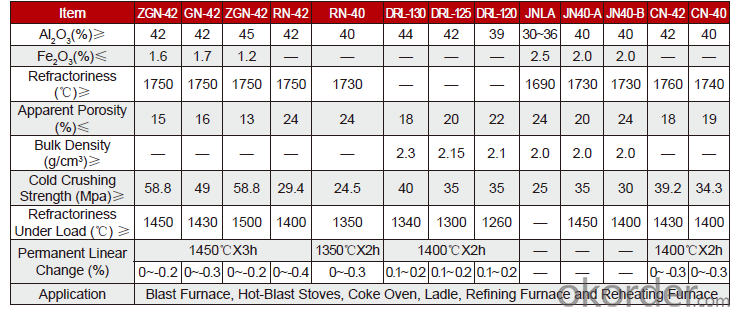
Q1 What’s the transport method?
A1 FCL delivery goods with wooden pallet or wooden case by sea; If LCL delivery, must with wooden case; Sometimes need open top, flat rack or bulk cargo.
Q2 What’s the required payment term?
A2 Generally 30% TT as the prepayment, 70% TT before delivery. If need, 100% Irrevocable Letter of Credit or negotiation.
Q3 Which country are our products exported to?
A3 Apart from entire Chinese market, the US, Russia, Japan, Korea, Australia and some Southeast Asian Nations.
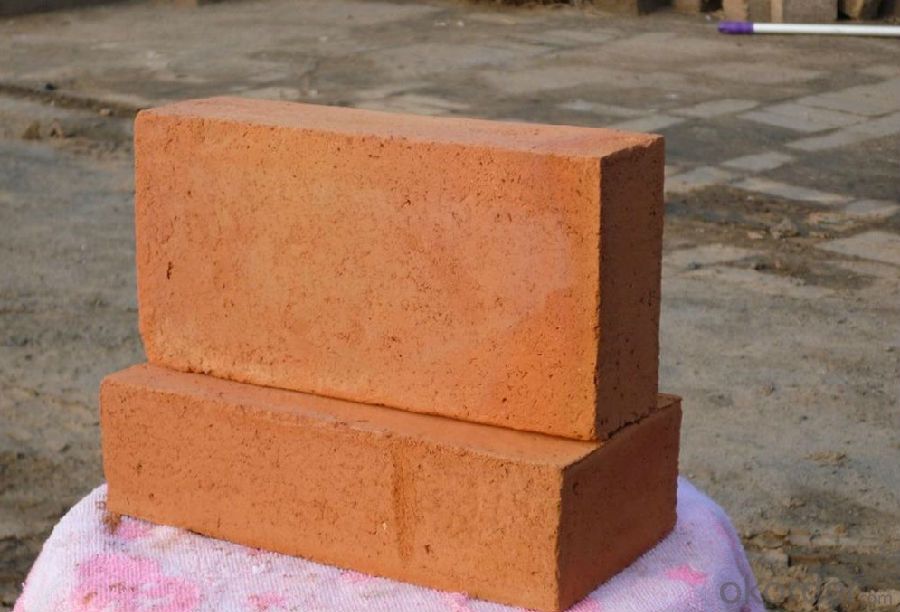
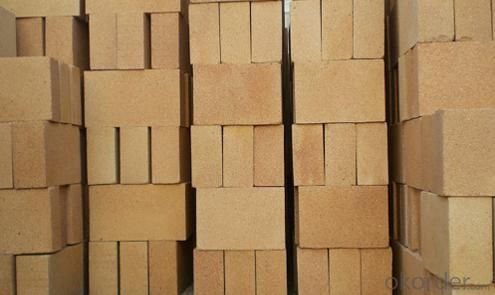
- Q: how much fireclay is needed for 10000 refractory bricks?
- The amount of mud used for T-3 refractory brick is 0.3KG. if the tiler is skillful, the furnace should have joint of 2mm.
- Q: What is the specific heat of a refractory bricks (clay)?
- Approximately it's about 2000; M3 specific heat is wrong with this argument, two degree clay is 1730 degrees, three degree clay is 1690 degrees, clay bricks are mixture, bulk density, 1900KG/, only elementary substance has specific heat refractoriness.
- Q: Are sintered brick concrete bricks?
- Sintered brick: brick made of clay, shale, coal gangue or fly ash, made by molding and roasting at high temperature. Bricks used for masonry, load-bearing and non load bearing walls are collectively called sintered bricks.According to the raw materials, they are divided into sintered clay brick, sintered fly ash brick, sintered coal brick and so on.A sintered brick with a solid or void ratio of less than 25% is called a sintered ordinary brick.The production and use of ordinary clay brick has been in China for more than 3000 years. Nowadays, ordinary clay bricks still dominate the wall materials used in construction projects. Although the ordinary clay brick has many disadvantages, due to its low cost, simple process, design and construction technology is mature and people's inertia and other reasons, the ordinary clay brick for quite a long period of time, especially in rural areas, is still one of the main wall materials.
- Q: Can red bricks be burned in tunnel kiln which used to burn refractory brick?
- Of course. But the temperature to burn refractory brick is very high, the average temperature is above 1500 degrees. And the temperature to burn brick is not so high, about 1200 degrees. So you should control the temperature, the tunnel kiln to burn firebrick and the tunnel kiln to burn red brick are the same, there is just a little bit difference in the materials used to build the stove!
- Q: How to adjust the temperature in the 160 meter tunnel kiln?
- Tunnel kiln can be attemperated by burning products, this will not affect the firing of different products, and can burn back processing products.
- Q: the amount of per square refractory brick of Various specifications and thickness of the refractory brick wall
- 9 grams-47. 7 grams- 47 calculate by your own according to the actual volume; cubic centimeter; 2.2 grams Clay brick 2: 1; 3, high alumina brick 3; cubic centimeter; standard density, cubic centimeter: 230mm * 114mm * 65mm, diatomite insulation brick 0, you can calculate the reference value
- Q: what kind of refractory brick is suitable for 1300 degrees converter?
- The furnace cap tapping shaft part should use MgO-C brick with high slag resistance and thermal shock resistance, the steel side can be slightly thin, bottom carbon content may be appropriate less.
- Q: Why can't gravity retaining walls be made of clay bricks?
- The masonry of gravity retaining walls, of course, takes into account compression problems, and the use of clay bricks requires consideration of compression calculations and service life.
- Q: What is the difference between the refractory bricks, hand-made bricks and the machine pressure bricks?
- Hand-made brick mainly produces brick that is not easy to produce molding Machine pressure brick adopts 100 tons of press machine to mold the density of hand-made brick is not enough, it's light; machine pressure bricks can only produce bricks that produce molding at a time, hand-made bricks mainly adopts hydraulic vibration molding machine
Send your message to us
Fireclay Brick - Strong Resistance Low Porosity Fire-Resistant
- Loading Port:
- China main port
- Payment Terms:
- TT OR LC
- Min Order Qty:
- 1 m.t.
- Supply Capability:
- 1000 m.t./month
OKorder Service Pledge
OKorder Financial Service
Similar products
Hot products
Hot Searches
Related keywords
